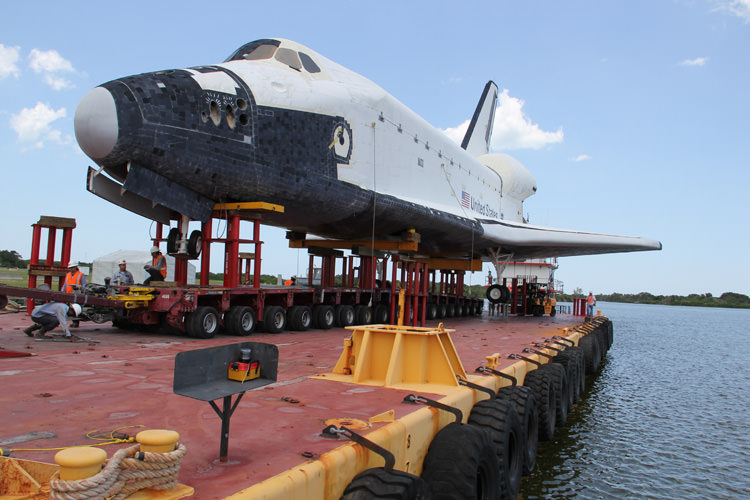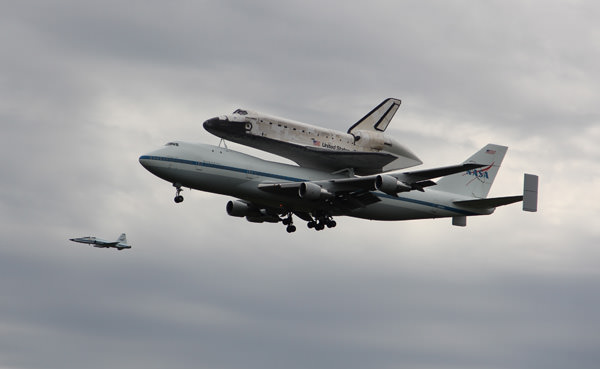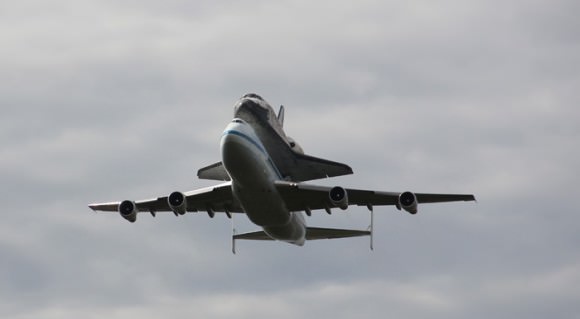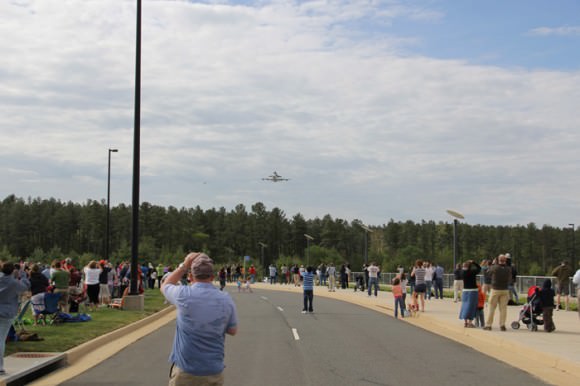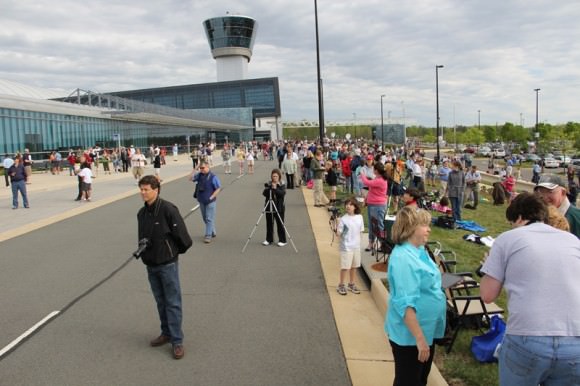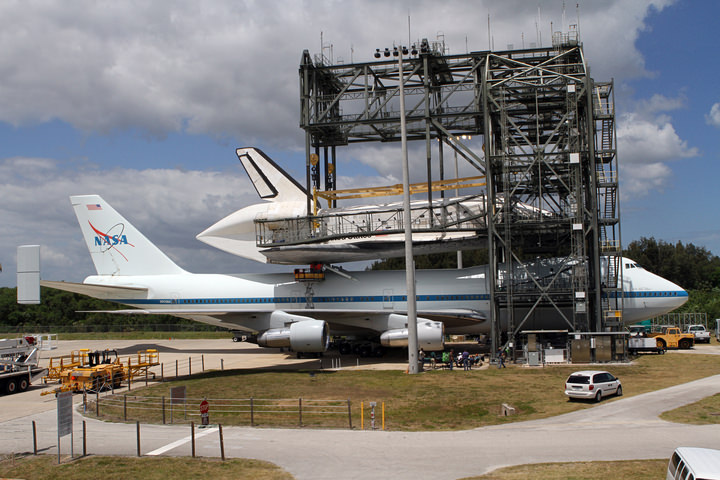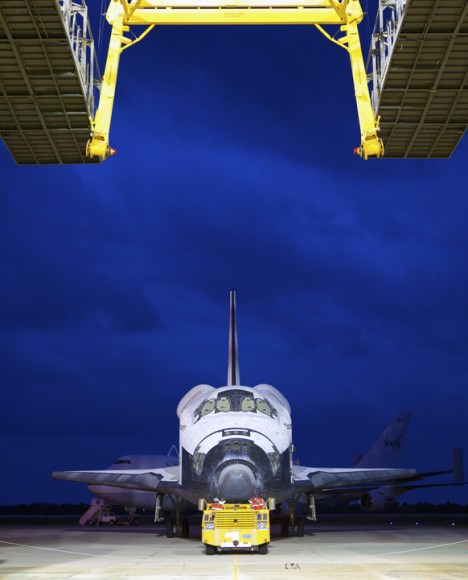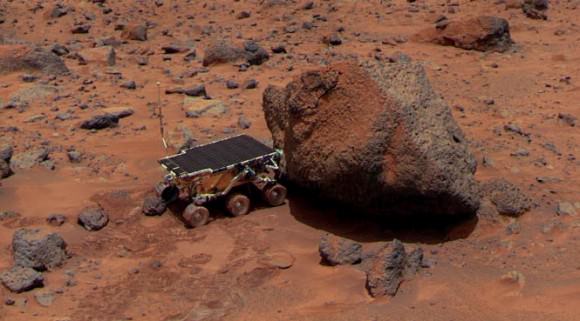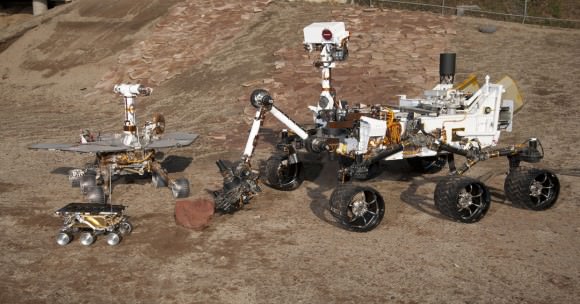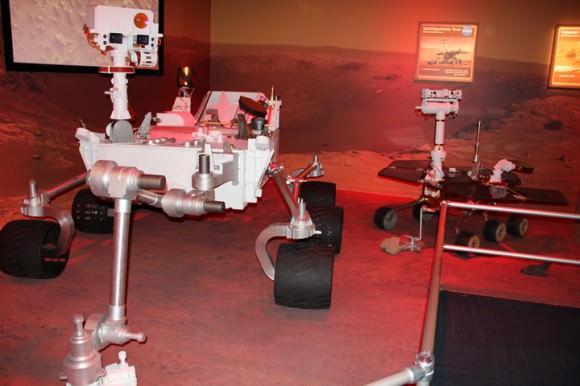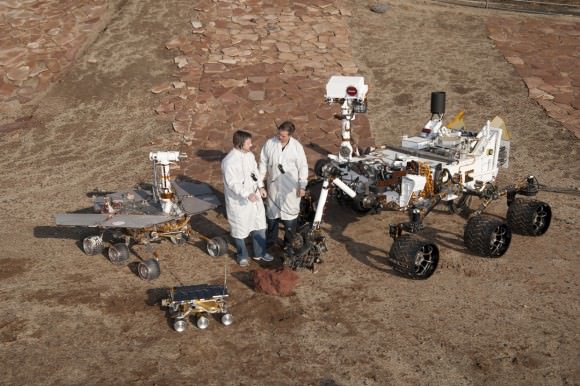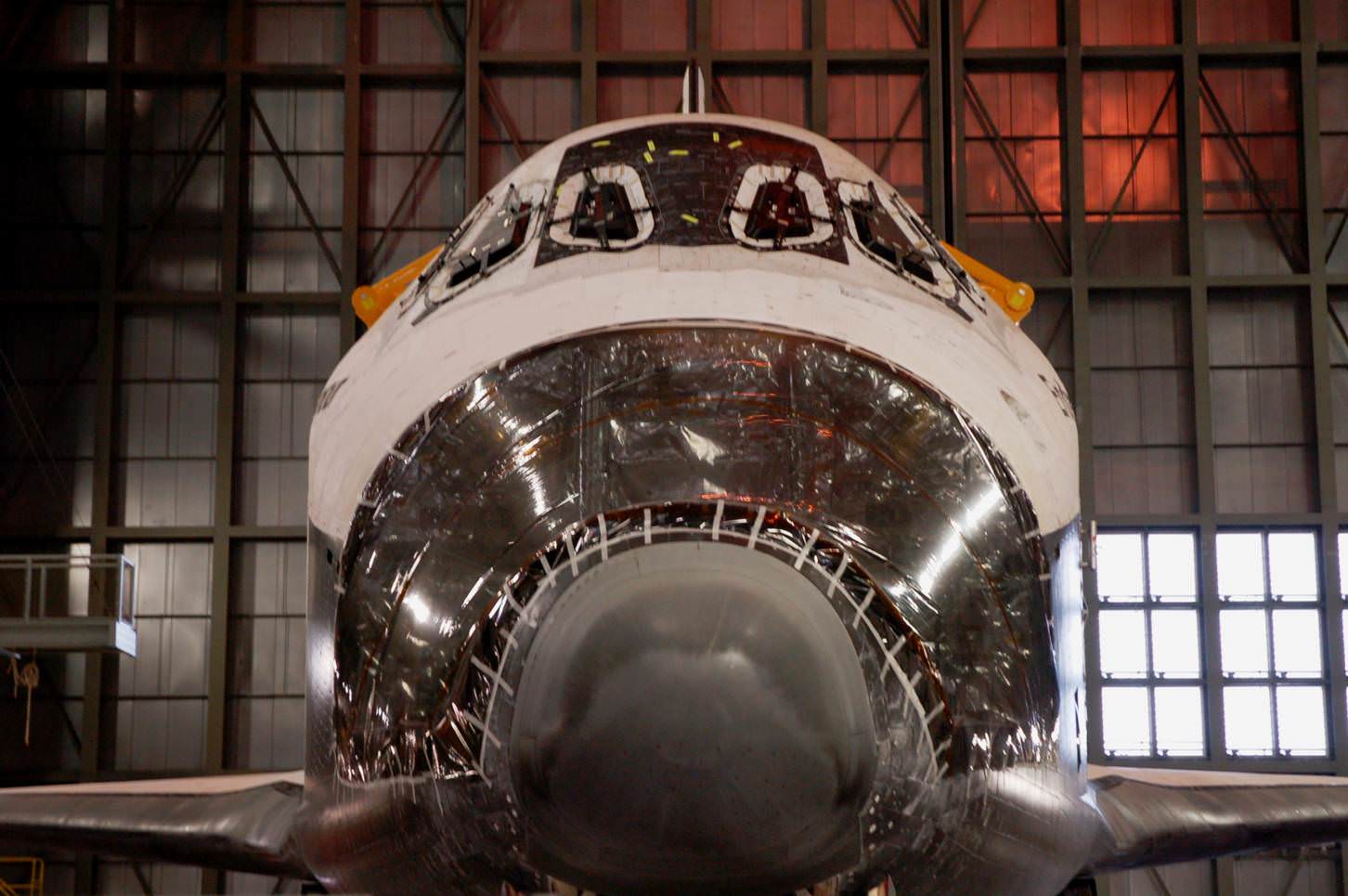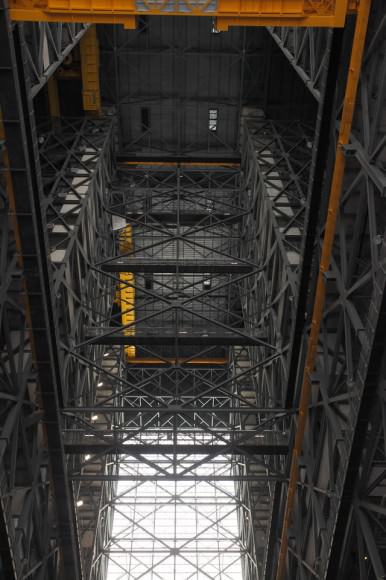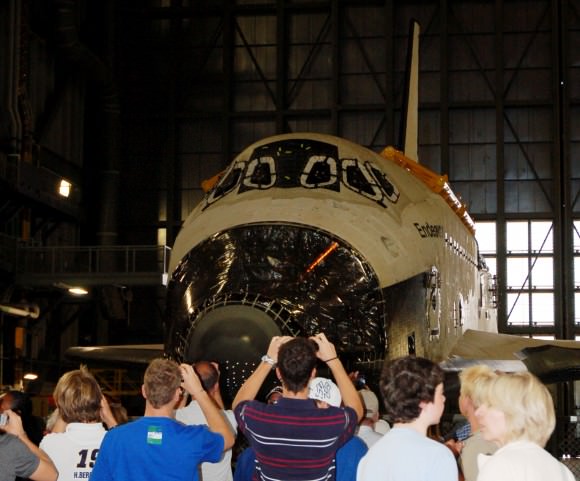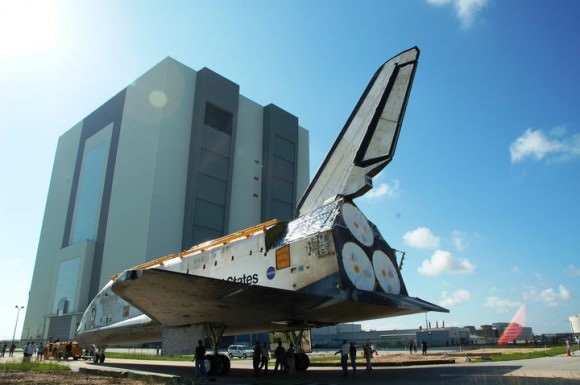[/caption]
A high fidelity replica of a NASA Space Shuttle orbiter has set off today, May 24, on an ocean going voyage by barge for NASA’s Johnson Space Center in Houston, Texas. This trip by the Shuttle replica gives a taste of what’s to come for the upcoming barge journey by Space Shuttle Enterprise around the southern tip of Manhattan in early June.
The replica model formerly named “Explorer” departed early this morning from the turn basin at the Kennedy Space Center in Florida in the shadow of the iconic vehicle Assembly Building (VAB) where the real Space Shuttles and Apollo Moon rockets were assembled for launch.
The space shuttle replica first moved through the inter-costal waterway and then set sail out from Port Canaveral and into the Atlantic Ocean this afternoon for about a week’s voyage that will take her southwards around the coastline of the Florida peninsula and then into the Gulf of Mexico on a heading for Houston, Texas.

The shuttle model was towed onto the barge at KSC Tuesday afternoon (May 23) by Beyel Bros. Crane and Rigging who are responsible for loading it. Beyel workers then welded the shuttle model to the deck of the barge.
None of the real space shuttles had ever been located at this position at KSC before near the VAB and waterways and provided truly amazing and unique photographic opportunities.
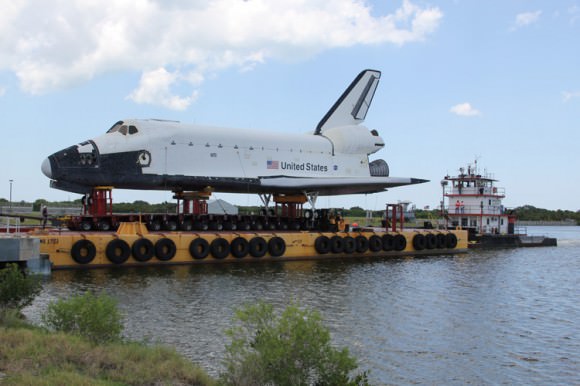
The full scale replica – with the moniker Explorer removed – is being transported to her permanent new home at Space Center Houston, the visitor complex at NASA’s Johnson Space Center in Texas.
It will arrive in Houston around June 1, depending on the weather, where a free three day public arrival welcome “Shuttlebration Weekend” is planned.
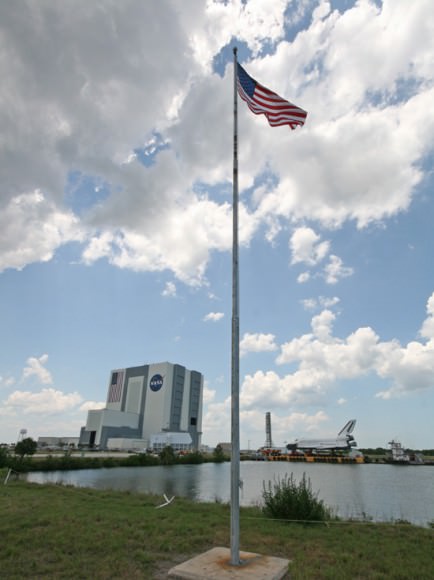
The Explorer had been on display alongside a gantry like tower at the Kennedy Space Center Visitor Complex (KSCVC) since 1993 and was enjoyed by millions of tourists since then along with full scale replica versions of the shuttle’s twin solid rocket boosters and huge external fuel tank.
The Explorer model was built was built in Apopka, Fla., by Guard Lee using schematics and blueprints provided by NASA. It’s the next best thing to having a real space shuttle. The model’s length is 122.7 feet, its height is 54 feet, and its wingspan is 78 feet.
Having been up close and inside all three of NASA’s real space shuttles, I can say that the Explorer mockup is an excellent representation of the genuine shuttle orbiters and gives a realistic sense of the airframe, heat shield tiles, cockpit and cavernous cargo bay. At KSCVC, visitors could see directly into the cargo bay housing a satellite. The Michelin wheels were genuine and had actually flown in space.
The Explorer was moved out from Kennedy’s Visitor Center on a 144 wheeled trailer in December 2011 by Beyel Bros to make way for Space Shuttle Atlantis. Atlantis will be towed to the KSC Visitor Complex in November 2012. The Visitor Complex is constructing a humongous permanent new display hall for Atlantis which is slated to open in 2013.
The Space Shuttle program was forcibly shutdown for lack of money at the direction of politicians in Washington DC after the final flight, STS-135, lifted off in July 2011, leaving the US with no capability to transport astronauts or cargo to the International Space Station since then.
The two other remaining space flown shuttles were assigned to museum locations near Washington, DC and Los Angeles. Discovery has already departed in April 2012, flying atop a 747 Jumbo Jet to the Smithsonian Air and Space Museum’s Annex outside Washington, DC.
The Endeavour will take the last cross country airplane trip of the shuttle program in September to her permanent new resting place at the California Science Museum. The Shuttle prototype orbiter Enterprise will be displayed at the Intrepid Air, Sea and Space Museum in New York City starting in mid-July 2012.
The Explorer is a consolation prize of sorts for the Johnson Space Center (JSC), which lost out on the nationwide bidding to display the three now retired NASA Space Shuttles.
JSC was home to the training facilities for the Space Shuttle crews and home to the NASA astronauts who flew aboard the five shuttle orbiters for the 30 year life of the Space Shuttle program. Many folks feel JSC was shortchanged in the shuttle museum home selections process.
On Sunday, June 3, the replica shuttle will arrive at Space Center Houston where it eventually will become part of a unique display telling the story of the Space Shuttle’s achievements and the nationwide team that made them possible. Further details about Space Center Houston – here

